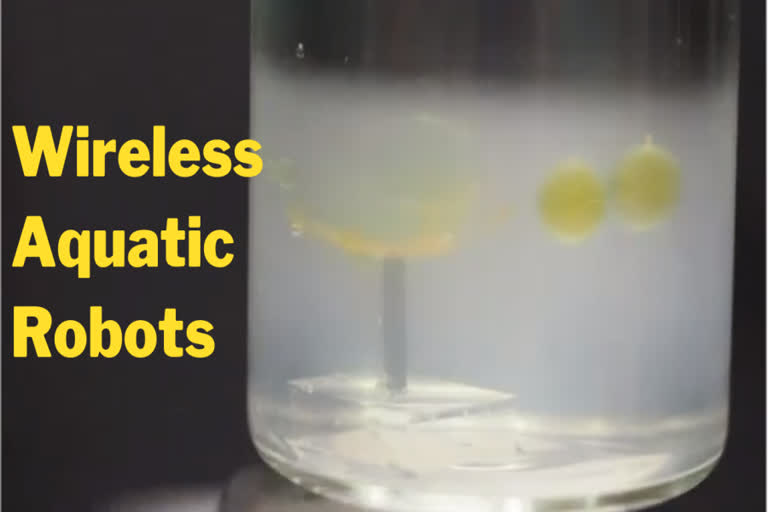New Delhi:Scientists from WMG at the University of Warwick, along with the Eindhoven University of Technology in the Netherlands have developed a 1cm by 1cm wireless artificial aquatic polyp, which can remove contaminant particles from the water.
In the paper titled, 'An artificial aquatic polyp that wirelessly attracts, grasps, and releases objects' researchers demonstrate how their artificial aquatic polyp moves under the influence of a magnetic field, while the tentacles are triggered by light and a rotating magnetic field under the device drives a rotating motion of the artificial polyp's stem. This motion results in the generation of an attractive flow which can guide suspended targets, such as oil droplets, towards the artificial polyp.
Once the targets are within reach, UV light can be used to activate the polyp's tentacles, composed of photo-active liquid crystal polymers, which then bend towards the light enclosing the passing target in the polyp's grasp. Target release is then possible through illumination with blue light.
